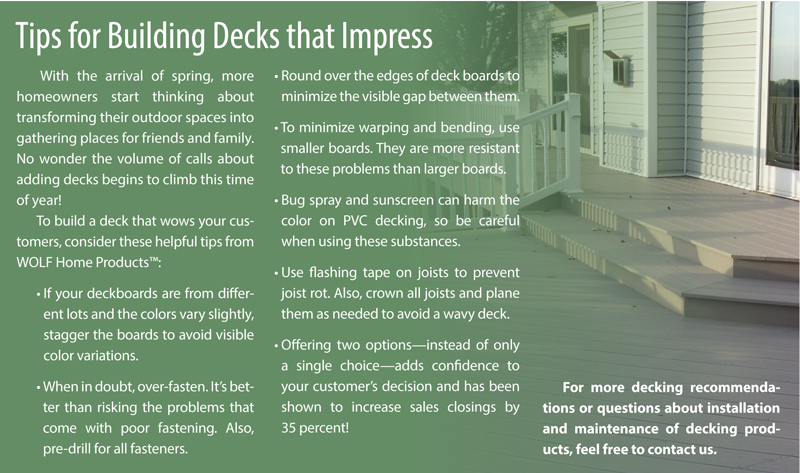How to Find Out How Much Your Customers Are Willing to Pay
May 10, 2017It seems like it should be a simple task, but discovering what price point a customer is willing and able to pay often presents challenges. Customers may hesitate because they have no idea what a job might cost or fear getting quoted a higher rate if they share their budget.
Regardless, learning about a customer’s budget early in the quoting process offers
benefits to you and your customer. It . . .
- creates trust between you and your customer;
- narrows down the options for you to consider;
- quickly exposes projects that won’t be a good fit for you;
- helps the customer pre-buy your proposal; and saves time when designing and estimating the job. Tactful, non-confrontational phrasing and anticipating responses when asking about a budget can help bring a hesitant customer out of his or her shell: Start with: “I don’t suppose you have a budget set aside for this project?”
Then tailor your response according to how the customer answers that question: - IF THEY RESPOND “YES,” REPLY: “That’s great. Would you be comfortable
sharing that in round numbers?” - IF THEY ANSWER “NO,” REPLY:
“That’s OK, it’s not unusual. We get that a lot. When you’ve done something like this in the past, can you share what you may have invested? I want to make sure you’re comfortable with our solution.” - IF THEY ANSWER “MAYBE,” REPLY: “No problem, I understand. We actually have a number of solutions for a project like yours that range somewhere between [lower range] and [higher range]. Where might you see this project fitting into that scale?”
By approaching the budget question in a casual, undemanding way, you’ll
put your customer at ease and get the information you need to move forward.
Our thanks to Todd Burgard of Burgard Design. Todd originally shared these helpful
tips at our February workshop.
